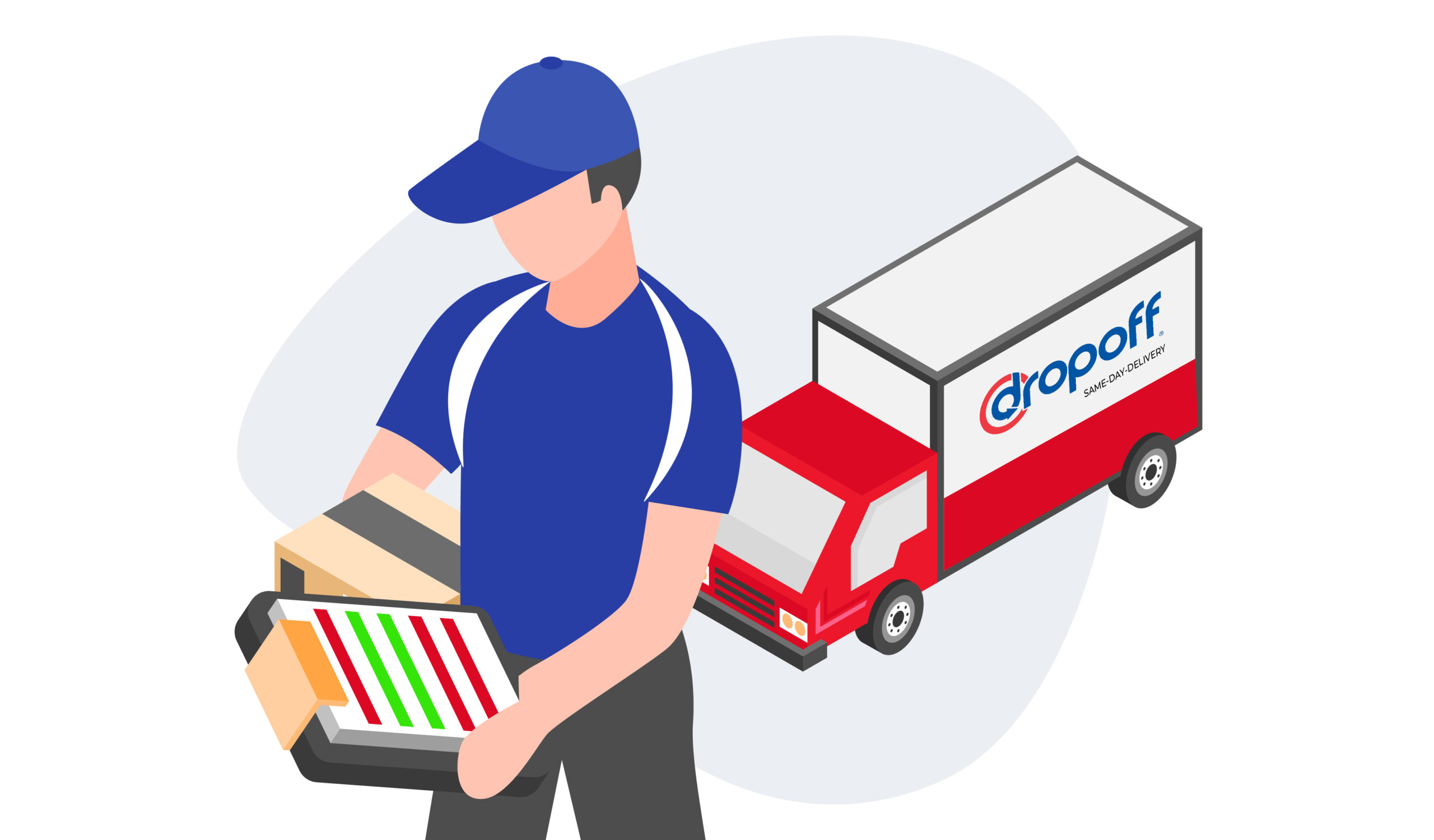The Evolution of Delivery Services: Enhancing Convenience and Efficiency
In today’s fast-paced world, convenience reigns supreme, and nowhere is this more evident than in the realm of delivery services. From groceries to gadgets, consumers are increasingly turning to delivery services to streamline their lives and save valuable time. This article delves into the evolution of delivery services, exploring how they have transformed over the years to meet the ever-changing needs of consumers.
From Brick-and-Mortar to Digital Storefronts: A Shift in Consumer Behavior
Gone are the days when shopping meant navigating crowded aisles and waiting in long checkout lines. With the rise of e-commerce giants like Amazon and Alibaba, consumers have embraced the convenience of online shopping. This shift in consumer behavior has paved the way for the proliferation of delivery services, allowing shoppers to have their purchases delivered directly to their doorstep with just a few clicks.
The Rise of On-Demand Delivery: Meeting Consumer Expectations in Real-Time
As consumers grow accustomed to the convenience of online shopping, their expectations for delivery services have skyrocketed. Enter on-demand delivery, a game-changer in the world of logistics. Whether it’s a last-minute gift or a craving for takeout, on-demand delivery platforms like Uber Eats and DoorDash promise swift and seamless delivery at the tap of a button. This real-time delivery model has revolutionized the way consumers access goods and services, offering unprecedented convenience and immediacy.
Eco-Friendly Delivery: Balancing Convenience with Sustainability
While convenience is undoubtedly a driving force behind the popularity of delivery services, there’s growing concern over their environmental impact. The proliferation of delivery vehicles contributes to traffic congestion and air pollution, prompting consumers and businesses alike to seek eco-friendly alternatives. Enter eco-friendly delivery services, which prioritize sustainability by utilizing electric vehicles, optimizing delivery routes, and minimizing packaging waste. By striking a balance between convenience and sustainability, these eco-friendly delivery services are paving the way for a greener future.
Contactless Delivery: Navigating the New Normal
The COVID-19 pandemic has accelerated the adoption of contactless delivery, as consumers prioritize safety and hygiene. With social distancing measures in place, contactless delivery has become the new norm, allowing delivery drivers to drop off packages without direct contact with recipients. This contactless delivery model has not only minimized the risk of virus transmission but has also streamlined the delivery process, allowing for greater efficiency and convenience.
Hyperlocal Delivery: Catering to the Needs of Local Communities
As consumers seek personalized and hyperlocal shopping experiences, hyperlocal delivery services are gaining traction. These services connect consumers with local merchants and artisans, offering a curated selection of goods delivered straight from the neighborhood. By supporting local businesses and fostering a sense of community, hyperlocal delivery services play a vital role in revitalizing local economies and preserving the unique character of each neighborhood.
The Future of Delivery Services: Embracing Innovation and Adaptation
As delivery services continue to evolve, innovation will be key to staying ahead of the curve. From drone delivery to autonomous vehicles, the future of delivery services holds endless possibilities. By embracing emerging technologies and adapting to changing consumer preferences, delivery services can continue to enhance convenience, efficiency, and sustainability for years to come.
In conclusion, delivery services have come a long way from their humble beginnings, evolving to meet the ever-changing needs and expectations of consumers. From on-demand delivery to eco-friendly options, these services offer unparalleled convenience while adapting to new challenges such as the COVID-19 pandemic and sustainability concerns. As we look to the future, the sky’s the limit for delivery services, promising even greater innovation and efficiency in the years to come.
